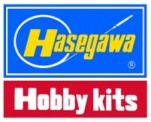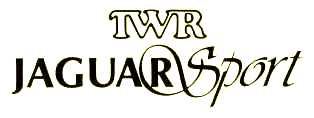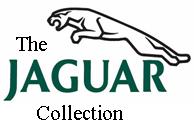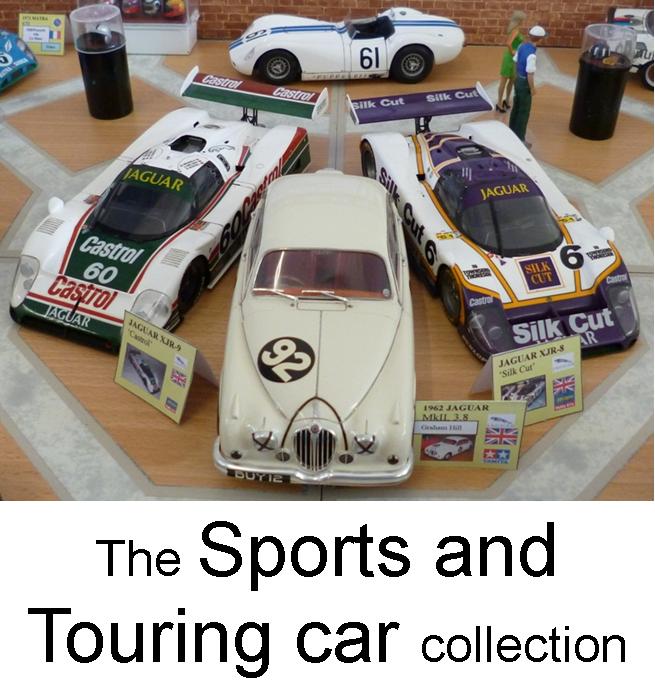Jaguar had been out of racing for some time when the idea of supporting a new racing programme was floated. In fact they had had no direct racing involvement since rule changes had made the D type obsolete after 1957. Jaguar had supported many customers in those intervening years, some much more closely than others. The E-type ran in sports car races including le Mans, the MKII saloon ran in touring cars and later the XJS ran in touring car racing too. But none of these were specialist racing cars, they were production cars that happened to be sporty and well suited to racing.
So in 1983 it was a whole new programme that Jaguar were entering into. The American team Group 44 Racing were supported with V12 engines for the Fabcar-built XJR-5 in the IMSA series. With the far side of the Atlantic covered Jaguar linked up with long term Jaguar touring car customer team Tom Walkinshaw Racing (TWR) to develop another car, the XJR-6 for the World Sportscar Championship, (primarily a European series) using the same Jaguar V12 engine. Jaguar gained the reputation while others stood the major cost!
For 1987 Three cars were prepared by TWR for Le Mans. Each had special low drag bodies, but it was not yet time for the Jaguar team. Two of the teams three cars no’s 5 and 6 fell foul of mechanical difficulties and the only surviving XJR-8 limped to finish after gearbox problems robbed it of a clear chance of victory.
Over the season though the team won 8 of the 10 world championship rounds and took the constructors cup.
In the following years World Sportscar Championship, still running Silk Cut sponsorship, the XJR-9 (which was a development of the 8) met with more success. The car took six victories, including Le Mans, Jaguar’s first Le Mans victory since 1957, and won the world championship. Martin Brundle also became the Drivers World sportscar championship.


1/24th scale kit.
Built by Ian.
Ian built this model just after the XJR-9 in mid 2011. Straight from the box this kerbside model has enough detail for a quick, straight forward build and is a lot of fun. Once the body is sprayed white there's not much else to do! To be fair the cockpit is simple but straightforward, it has enough detail for what can be seen but a bit extra wouldn't hurt. If you are of a mind to then carbon decal and extra wiring would be very effective.
Using the kit decals for the purple, rather than spraying, is a choice that surprises most people. But the decals were good for the most part, fitted well and the purple was a perfect match for one of Citadels acrylic paints so with a little touching up as required the purple looks fine. All the decals are covered over with Halfords clear lacquer to seal them down and give them a high gloss finish.
Hasegawa's kit uses several of the same sprues for the different versions so they can get the most out of the moulds. It means you end up with spare parts but also get very familiar with the kits. Building two of these kits almost simultaneously can be confusing at times but also fairly easy. While you have to ensure you get the correct parts with each car, painting them is easy as they are much the same colours....
RETURN TO -

